Verizon 4G LTE: Two Datacards and a WiFi Hotspot Massively Reviewed
by Brian Klug on April 27, 2011 12:11 AM EST- Posted in
- Smartphones
- Samsung
- Verizon
- LTE
- 4G
- Pantech UML290
- USB551L
- Mobile
- MDM9600
Verizon USB551L
The second card we tested is a much newer arrival, the Verizon USB551L, made by Novatel Wireless. The USB551L is the first of Verizon’s LTE data cards to come with support for OS X out of the box (though the Pantech UML290 and LG card now also do so with a firmware update), and it displays that support proudly on the box. More on this in a second.
THe USB551L is considerably lighter and cheaper feeling than the UML290. Something about the whole device simply just lends it a less durable feeling.
There’s a simple plastic cover over the SIM card slot.
Unlike most devices, the USB551L holds the SIM in with a plastic clip, and requires a small stick to eject it—you press the plastic part down, then slide it out. It’s definitely the first time I’ve seen this mechanism used to hold a SIM in place.
The USB connector rotates out and seems to be held at a particular location using some spring loaded mechanism. It’s a half height USB connector that has exposed gold contacts without the full surrounding USB plug.
Considering that most of the time it’s shielded in the closed position, that’s not a big deal. The problem with this construction is that there’s some other mechanism pressing against a metal contact on the connector which rotates. If you push the data card back far enough, it’ll lose the data connection entirely when the mechanism stops pressing against metal. It also always wants to sit at one orientation due to the spring loading.
If your notebook has USB ports on the back, pushing the laptop display back too far could rotate the card far enough to cause disconnect. It’s a potentially frustrating configuration. I ran into this when testing on my uber-old Inspiron 8500, for example.
On one side of the USB551L is an external antenna jack hidden under a rubber plug. This is most likely cellular only since the USB551L advertises no GPS support unlike the Pantech.
The majority of the USB551L is a black soft touch material, though the top and bottom are slippery glossy plastic. There’s a small vertical window to the right of the Verizon logo where the status LEDs are. Blue indicates LTE, green indicates EVDO, and blinking of either indicates activity.
Side by side, the USB551L and UML290 are roughly the same outline, though the UML290 is thicker and feels more dense. Both also come with appropriate USB extension cables.
I opened the USB551L after I was done with testing to investigate how it manages connectivity with a simpler, smaller package.
The USB551L seems to be held together using some one-way plastic tabs and adhesive. I pried it open no problem and got it back together as well, but it’s just a bit more challenging. Inside, you can see one antenna runs along the length of the device, the other is orthogonal and up at the top.
The one that runs the length of the device is held in contact with a pogo pin, the other with a gold pad.
The EMI cans on the USB551L pop on and off easily, allowing us an awesome opportunity to grab a shot of the MDM9600 running the show. You can also easily see its adjacent NAND, though I couldn’t make out any of the markings.
That USB connector situation is more visible now as well. I’m not entirely sure what’s going on here, but you can see two pads on both sides and a metal strip that clearly runs across the USB connector. Again this flip open system is spring loaded and likes to sit in one position. More pics in the gallery below:


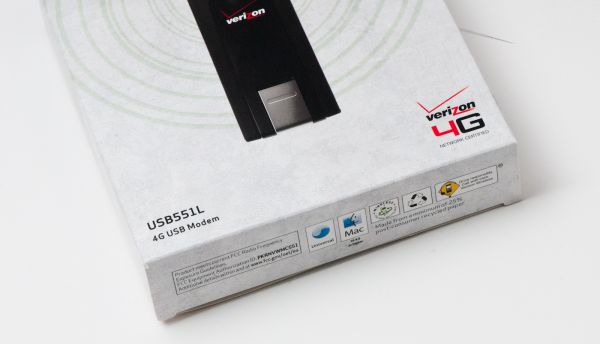
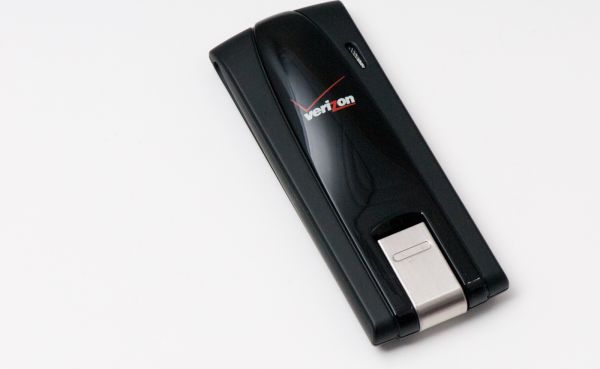
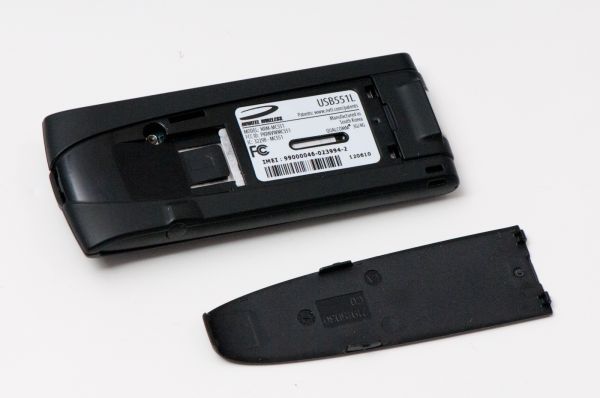

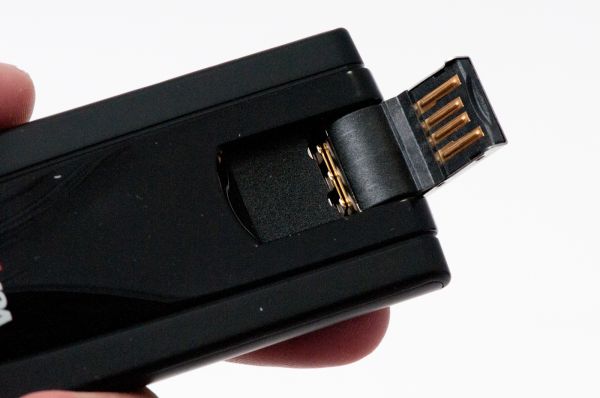
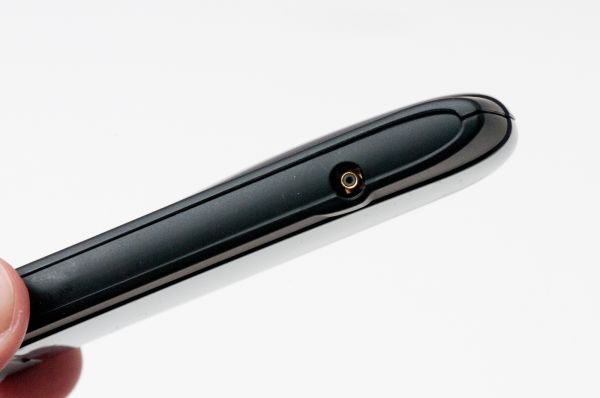
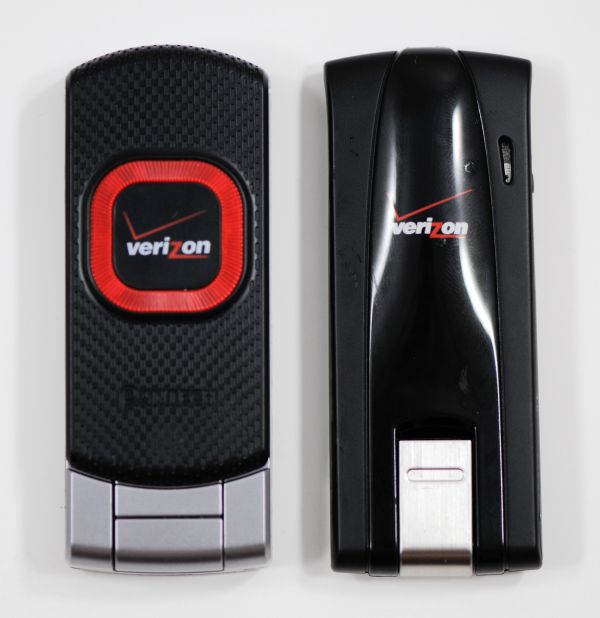
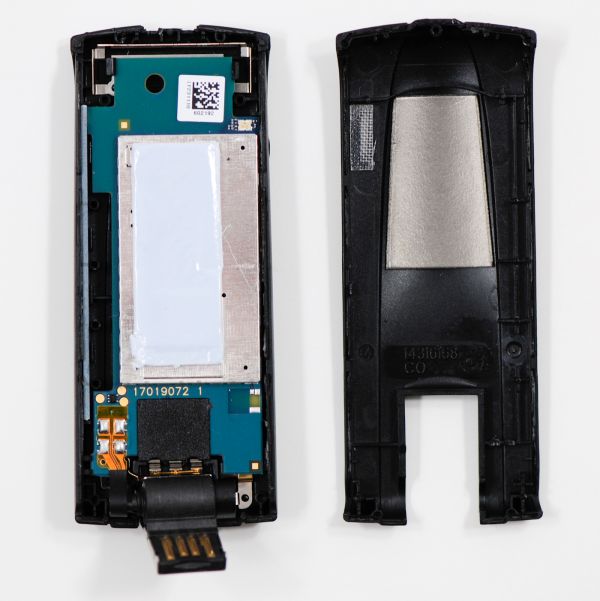
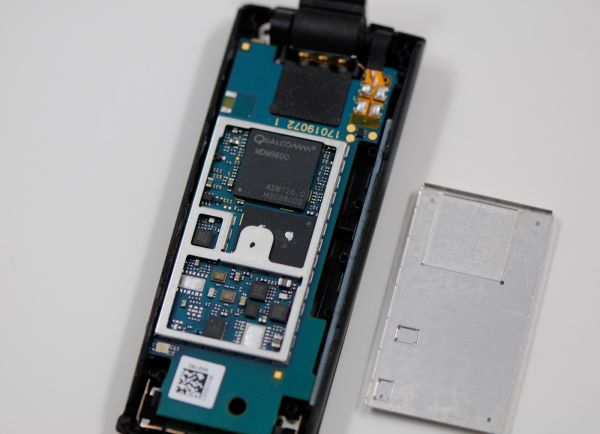
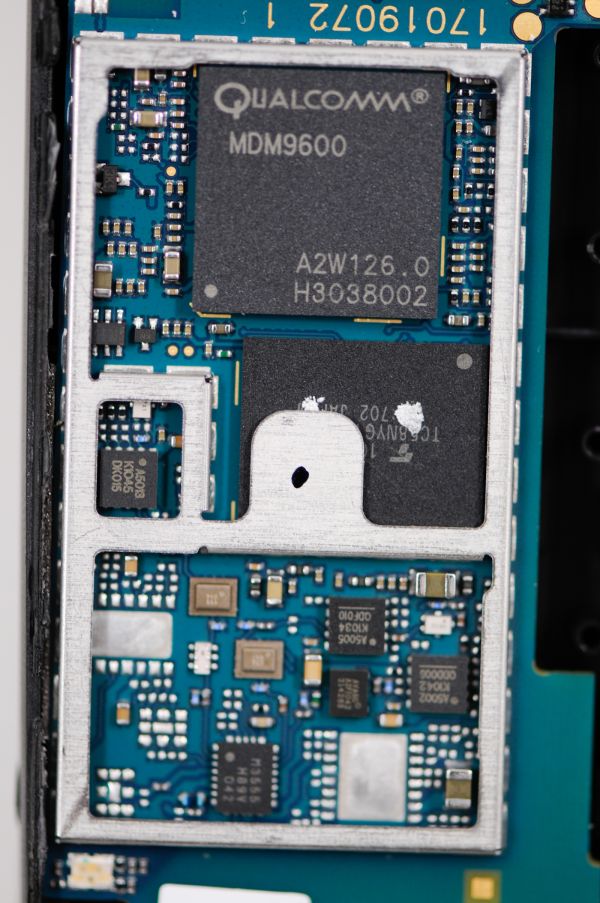
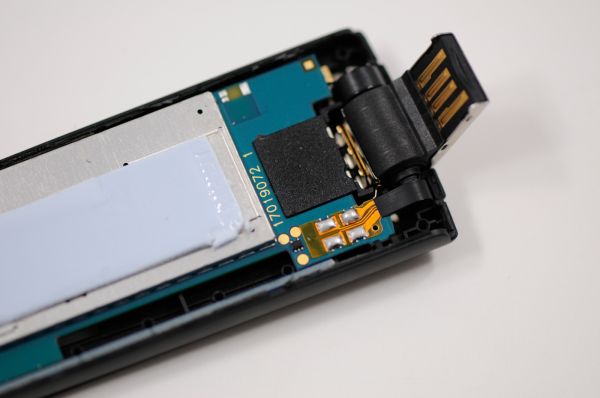














32 Comments
View All Comments
milan03 - Wednesday, April 27, 2011 - link
With my own testing and research, I've reached and exceeded 50mbps using USB tethered ThinderBolt here in NYC. Latency is also in the 50's and I'm extremely happy with the performance.Here are a few videos I've made:
http://www.youtube.com/watch?v=aVC10FMD8kg
http://www.youtube.com/watch?v=ccM_rbfVGDU
http://www.youtube.com/watch?v=YYVfZbmv34U
Brian Klug - Wednesday, April 27, 2011 - link
Wow, 50 Mbps is impressive! I've yet to see anywhere near that - highest was around 39 Mbps for me in Phoenix.-Brian
jigglywiggly - Wednesday, April 27, 2011 - link
WHY IS THIS FASTER THAN MY WIRED DOCSIS CONNECTIONAAAAAAAAAAAAAAAAAAAAAAAAAAAAAAAAAAAAAAAAAAAAAAAAAAAAAAAAAAAAAAAAAAAAAAAAAAAAAAAAAAAAAAAAAAAAAAAAAAAAAAAAAAAAAAAAAAAAAAAAaaaaa
ViRGE - Wednesday, April 27, 2011 - link
Don't worry. Once more than a handful of people are using LTE it won't be...Shared services are great until you have to start sharing them. And there's no sharing quite like sharing a limited RF spectrum.
milan03 - Wednesday, April 27, 2011 - link
Why should anyone be worried? You sound pissed...quiksilvr - Wednesday, April 27, 2011 - link
I'm pretty sure if you pay $50-$80 a month on it you will exceed it...unless on a barrel with Time Warner unzipping...Crazymech - Wednesday, April 27, 2011 - link
Man.. This is kinda.. Embarassing, really!I remember thinking "Pff.. Yea, those speeds? Riiiight" like a year, or one and a half year ago.
This is faster than my fiber connection! And it's wireless, and on a cellphone!..
What's next.. Amazing battery tech that's not "3 to 5 years" away?
Well done, LTE, I'm in awe.
Shadowmaster625 - Wednesday, April 27, 2011 - link
What's next? Cancer for everyone. Yay I cant wait.J_Tarasovic - Friday, May 13, 2011 - link
I am stoked about LTE as well. It really "grinds my gears" that both AT&T and T-Mobile are calling HSPA+ "4G" but I guess that is life, right?I am really waiting for MDM9600 based miniPCI-e WWAN cards. Any idea on this Brian?
Lord 666 - Wednesday, April 27, 2011 - link
The attention to detail is appreciated along with the scope of products tested.Completely agreed about the speed and performance numbers as I have all three; the SCH-LC11 was the best balance, followed by Thunderbolt, and then the Pantec 290 (fastest but limited to USB connection).